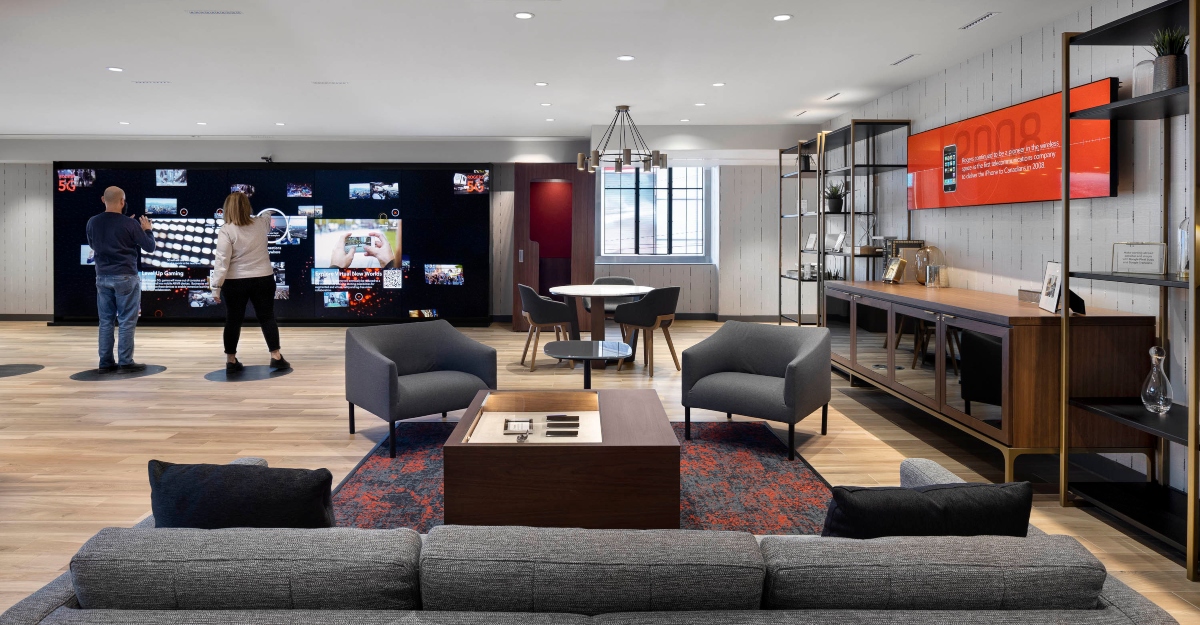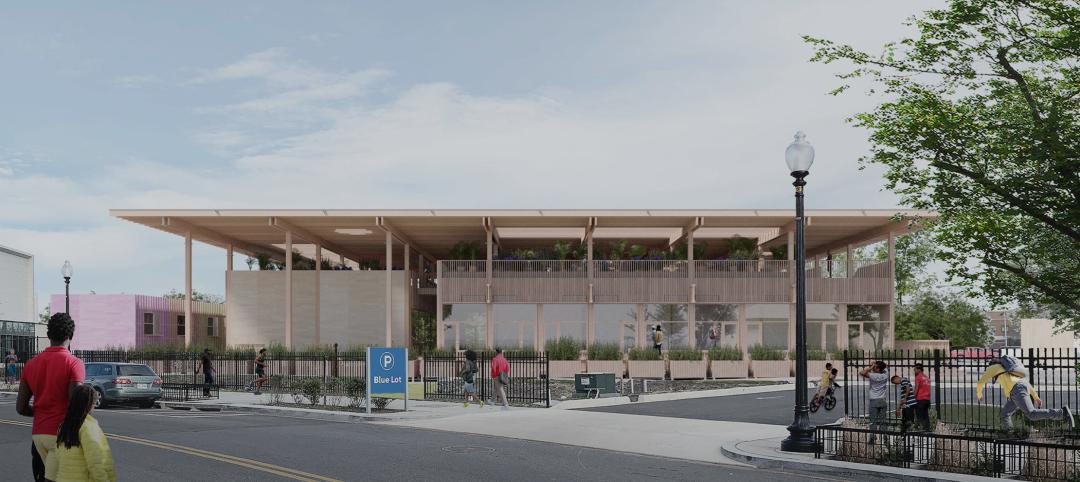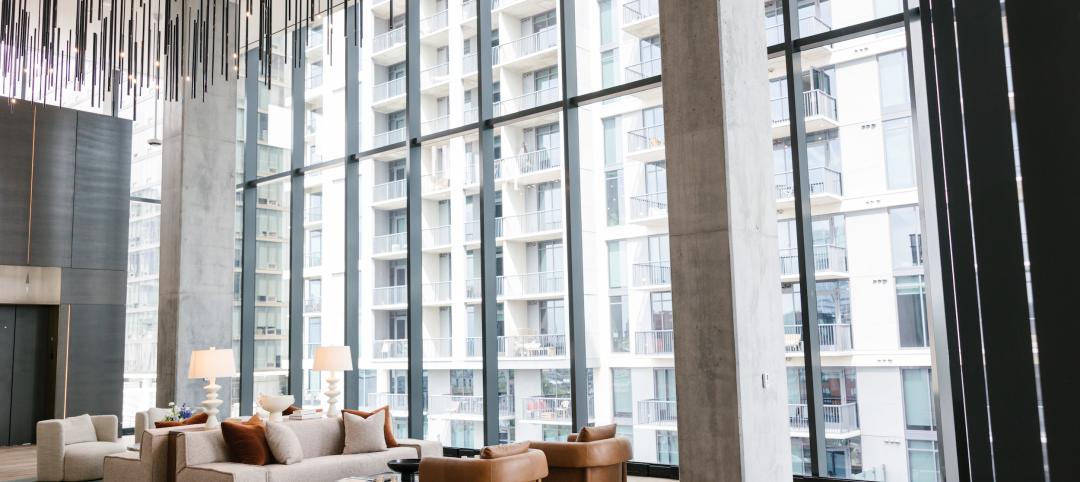Brick-and-mortar retailers, already gasping for air under pressure from ecommerce, were dealt a critical blow by the spread of the coronavirus that forced most stores and restaurants to close, or at best operate as carryout- or delivery-only providers.
The fallout has not been pretty. The website Retail Dive, which keeps a running tab on retail bankruptcies, reported that, as of June 30, 15 major retailers had either closed their doors for good or filed for protection from their creditors to prevent that. This year’s list didn’t include Microsoft, which announced it would close all but four of its 83 physical stores.
Nor did it track the casualties in the restaurant and supermarket sectors, which include the January Chapter 11 filings by Lucky’s Market and Bar Louie; the February filing by Earth Fare; FoodFirst Global Restaurants, which filed in April; Garden Fresh Restaurants, which closed its locations permanently in May; or CEC Entertainment, the parent of the Chuck E. Cheese and Peter Piper Pizza franchises, which filed on June 25.
In June, the website MoneyWise recounted several of America’s best-known brands—among them Subway, Starbucks, Pizza Hut, Burger King, Steak ‘n Shake, Boston Market, and Applebee’s—that had announced plans to close what aggregately amounts to thousands of outlets.
Yet, retail stores have continued to open during the pandemic; several, ironically, by online retailers (bit.ly/2Bxq81V).
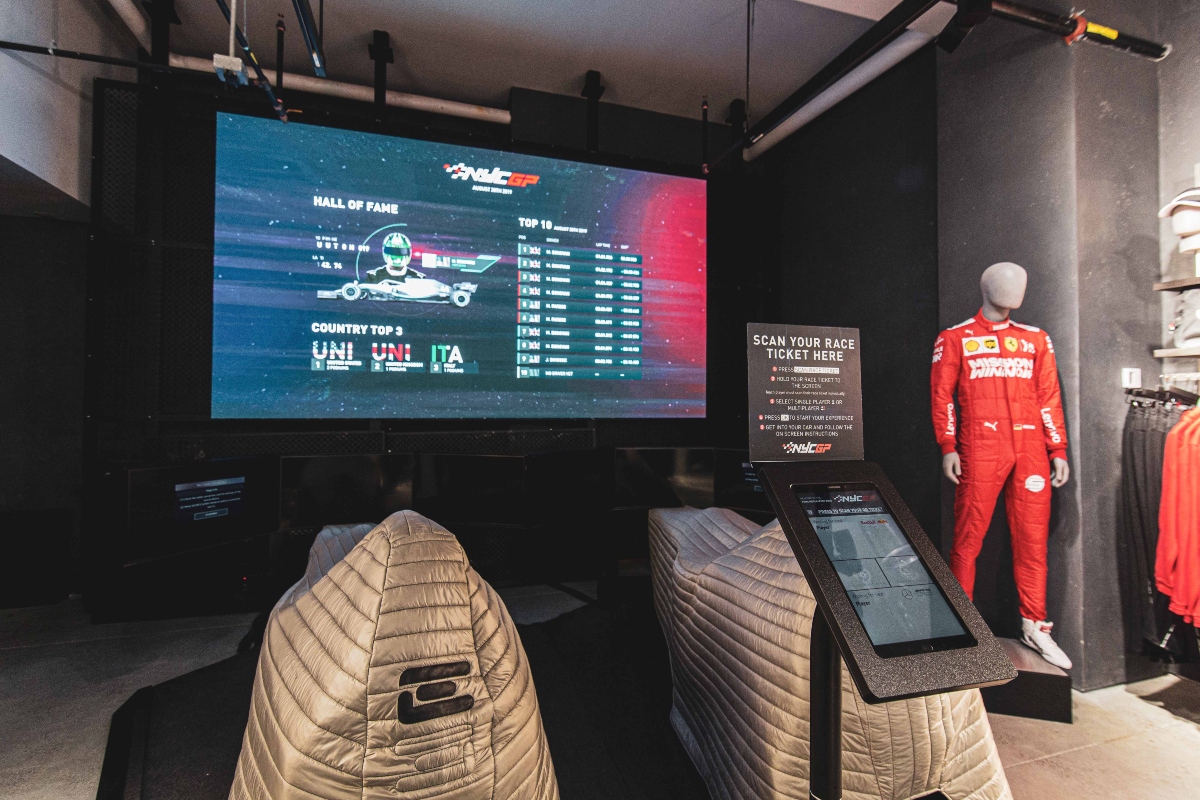
Puma’s flagship store in New York City offers a customer experience supported by technology enabled engagement areas that include simulators for F1 racing and soccer coaching. Photo: Joe Reed, courtesy Shawmut
And while retail and foodservice are undoubtedly undergoing major changes, owners are still considering construction, renovation, and adaptive reuse projects. In June, the Dion’s pizza chain opened a 4,500-sf store, its 20th, in the Roswell Pavilion shopping mall in Albuquerque, N.M. That same month, it was reported that Lowe’s Home Improvement Centers was planning to reopen a store in Meriden, Conn., which the company had closed 11 years ago, as a discount appliance outlet (bit.ly/3ghSmN1).
Any plans for new construction and renovation need to understand how customers will want to shop in the future. Answers to that question, say AEC retail experts, start with social distancing that some believe will have a long-lasting effect on this sector.
“People will still want to protect themselves,” say Michelle Ray, AIA, LEED AP BD+C, Principal and Mixed-Use Specialist; and John Tran, AIA, NCARB, LEED AP, Vice President and Design Principal, both in SmithGroup’s Phoenix office. “They expect stores to do the same.”
For restaurants, that will mean staggering reservations to control dining room densities, says Nancy J. Ruddy, CetraRuddy’s Founding Principal and Director of Interior Design. Technology will come into play, she adds, by offering patrons a menu-free touchless experience facilitated via their smartphones. “These devices are our safe space,” says David Cassidy, AIA, NCARB, CallisonRTKL’s Senior Vice President and Retail Practice Area Lead.
“Retail brands will have a renewed focus on technological integration, driving for omnichannel experiences to be seamless as possible, so customers can easily transition between in-store and online,” adds Jim Scarpone, Director–Retail for Shawmut Design and Construction.
An equally important priority, says Scarpone, will be the health and wellness of customers and employees. That is already leading to greater use of materials that absorb less and are easier to clean, and a stricter enforcement of cleaning and sanitary protocols. SmithGroup’s principals note, for example, that retailers like Macy’s and Nordstrom have already closed their fitting rooms and quarantine clothing that’s been tried on.
Retail owners lean on technology
The virus was spreading at a time when retailers were reevaluating their store sizes and types. CRTKL’s Cassidy notes that dealers can now operate successfully with smaller stores in fewer locations by “complementing” their brick-and-mortar presence with less-expensive warehouse space that’s strategically positioned for logistics, and by integrating their online sales.
However, smaller eateries and bars could be at a disadvantage, say SmithGroup’s principals. “Restaurants are likely to look half empty and be quieter for a long time, without the energy of dining rooms bursting at the seams. Many smaller local restaurants and bars will not survive,” which could open new doors for adaptive reuse, they suggest.
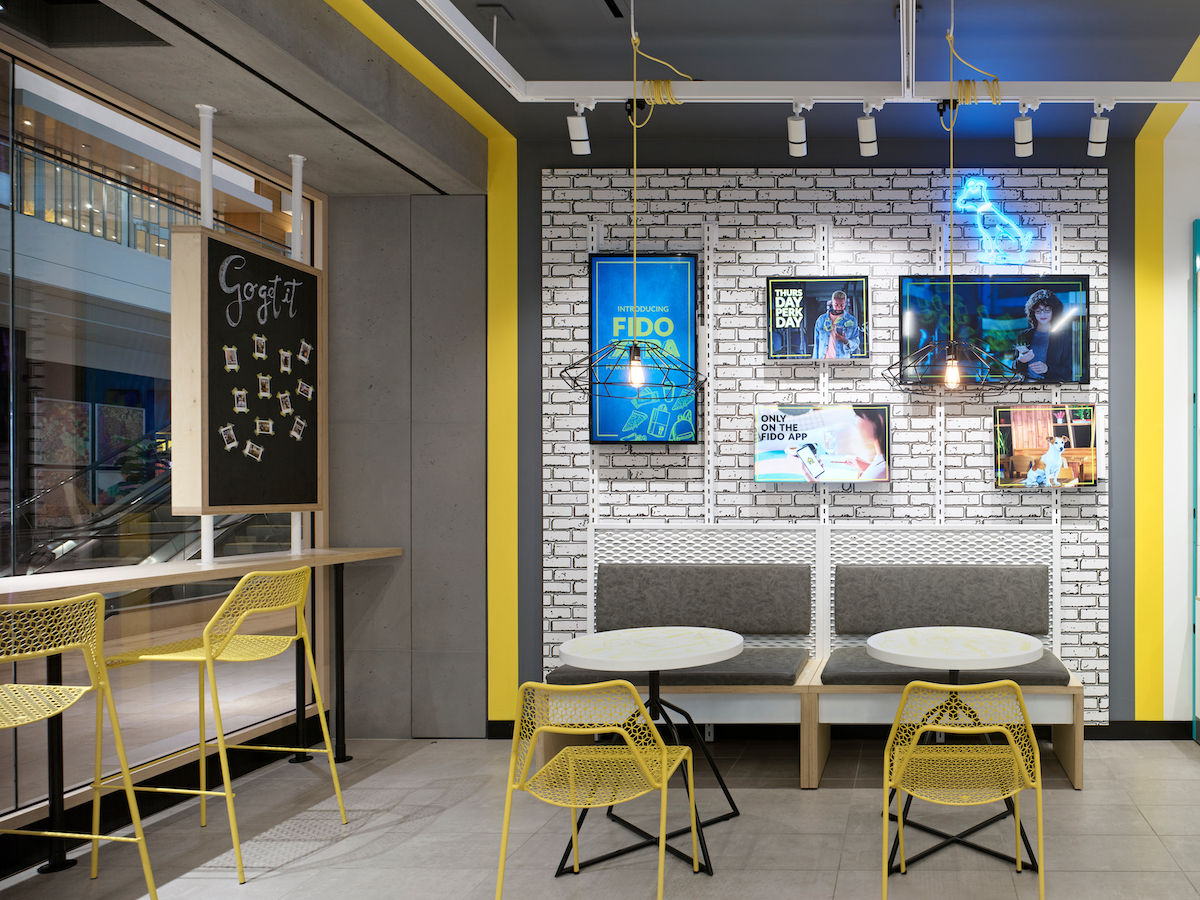
CRTKL also worked with Fido, a Rogers-owned cellphone service provider, on a store redesign that moves away from the strictly transactional to a more relaxed environment that encourages conversation between staff and customers. Photo: Ben Rahn/A-Frame, courtesy CallisonRTKL
The coronavirus is providing owners and property managers with valuable lessons. Retailers and restauranteurs found that carryout and delivery can expand their customer bases. To that end, SmithGroup has seen the emergence of “ghost kitchens” that several restaurants share and are designed to fulfill takeout and delivery services, thereby reducing the financial burden on business owners and creating a safer environment for workers and diners.
Ruddy points out that restaurants which reopened initially with outdoor dining are now incorporating that into their operations to add some excitement and newness to the dining experience. The goal, she and other AEC sources say, is to capitalize on pent-up demand and motivate customers to return to stores and restaurants.
3 ways retailers are transforming shopping experience
• Technology enhanced interaction: Shawmut built out Puma’s flagship store on Fifth Avenue in New York City. The customer experience is supported by cutting-edge technology in innovative engagement areas that include an F1 racing simulator, virtual soccer coaching in a “skill cube” simulator, and virtual bleacher seating in the NBA2k gaming experience zone.
CallisonRTKL designed Canada’s first 5G-ready store with Rogers 302: a 9,000-sf technology retail hub that includes an event space for immersive, digitally facilitated experiences such as celebrity singing holograms, virtual DJs, and interactive projections.
ALSO SEE: ‘Cargotecture’ is coming to North Carolina’s Research Triangle Park
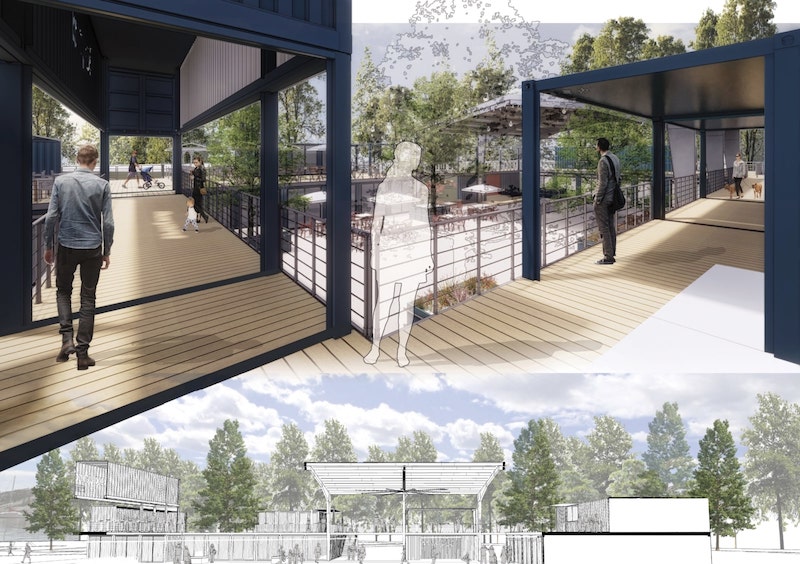
Boxyard RTP, made from 38 shipping containers, will serve as a community gathering and social space. Read the article.
• Experience over transaction: CallisonRTKL also worked with Fido, the cellphone provider, to create a new store concept whose redesign represents a deliberate shift from transactional to experiential retailing, and whose aesthetics encourage pressure-free conversations between staff and customers.
• Community outreach: Creative new construction in this sector includes Pienza Pizza Pasta and Porchette, a “social enterprise” restaurant within CetraRuddy’s new Corporate Commons Three mixed-use complex on Staten Island in New York. The design, says Ruddy, features a 40,000-sf organic rooftop farm that will supply the restaurant, and donate 100% of its profits to local charities.
Related Stories
Engineers | Jun 14, 2023
The high cost of low maintenance
Walter P Moore’s Javier Balma, PhD, PE, SE, and Webb Wright, PE, identify the primary causes of engineering failures, define proactive versus reactive maintenance, recognize the reasons for deferred maintenance, and identify the financial and safety risks related to deferred maintenance.
Mass Timber | Jun 13, 2023
Mass timber construction featured in two-story mixed-use art gallery and wine bar in Silicon Valley
The Edes Building, a two-story art gallery and wine bar in the Silicon Valley community of Morgan Hill, will prominently feature mass timber. Cross-laminated timber (CLT) and glulam posts and beams were specified for aesthetics, biophilic properties, and a reduced carbon footprint compared to concrete and steel alternatives.
Architects | Jun 6, 2023
Taking storytelling to a new level in building design, with Gensler's Bob Weis and Andy Cohen
Bob Weis, formerly the head of Disney Imagineering, was recently hired by Gensler as its Global Immersive Experience Design Leader. He joins the firm's co-CEO Andy Cohen to discuss how Gensler will focus on storytelling to connect people to its projects.
Retail Centers | Jun 2, 2023
David Adjaye-designed mass timber structure will be a business incubator for D.C.-area entrepreneurs
Construction was recently completed on The Retail Village at Sycamore & Oak, a 22,000-sf building that will serve as a business incubator for entrepreneurs, including emerging black businesses, in Washington, D.C. The facility, designed by Sir David Adjaye, the architect of the National Museum of African American History and Culture, is expected to attract retail and food concepts that originated in the community.
Mixed-Use | Jun 1, 2023
The Moore Building, a 16-story office and retail development, opens in Nashville’s Music Row district
Named after Elvis Presley’s onetime guitarist, The Moore Building, a 16-story office building with ground-floor retail space, has opened in Nashville’s Music Row district. Developed by Portman and Creed Investment Company and designed by Gresham Smith, The Moore Building offers 236,000 sf of office space and 8,500 sf of ground-floor retail.
Digital Twin | May 8, 2023
What AEC professionals should know about digital twins
A growing number of AEC firms and building owners are finding value in implementing digital twins to unify design, construction, and operational data.
| Apr 28, 2023
$1 billion mixed-use multifamily development will add 1,200 units to South Florida market
A giant $1 billion residential project, The District in Davie, will bring 1.6 million sf of new Class A residential apartments to the hot South Florida market. Located near Ft. Lauderdale and greater Miami, the development will include 36,000 sf of restaurants and retail space. The development will also provide 1.1 million sf of access controlled onsite parking with 2,650 parking spaces.
Mixed-Use | Apr 7, 2023
New Nashville mixed-use high-rise features curved, stepped massing and wellness focus
Construction recently started on 5 City Blvd, a new 15-story office and mixed-use building in Nashville, Tenn. Located on a uniquely shaped site, the 730,000-sf structure features curved, stepped massing and amenities with a focus on wellness.
Libraries | Mar 26, 2023
An abandoned T.J. Maxx is transformed into a new public library in Cincinnati
What was once an abandoned T.J. Maxx store in a shopping center is now a vibrant, inviting public library. The Cincinnati & Hamilton County Public Library (CHPL) has transformed the ghost store into the new Deer Park Library, designed by GBBN.
Mixed-Use | Mar 11, 2023
Austin mixed-use development will provide two million sf of office, retail, and residential space
In Austin, Texas, the seven-building East Riverside Gateway complex will provide a mixed-use community next to the city’s planned Blue Line light rail, which will connect the Austin Bergstrom International Airport with downtown Austin. Planned and designed by Steinberg Hart, the development will include over 2 million sf of office, retail, and residential space, as well as amenities, such as a large park, that are intended to draw tech workers and young families.


